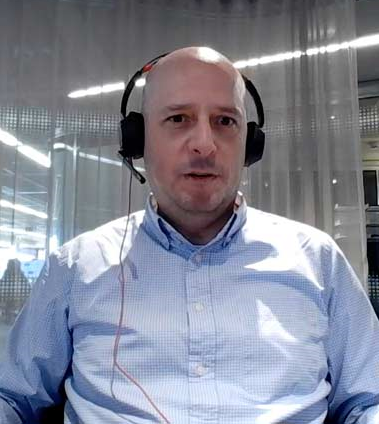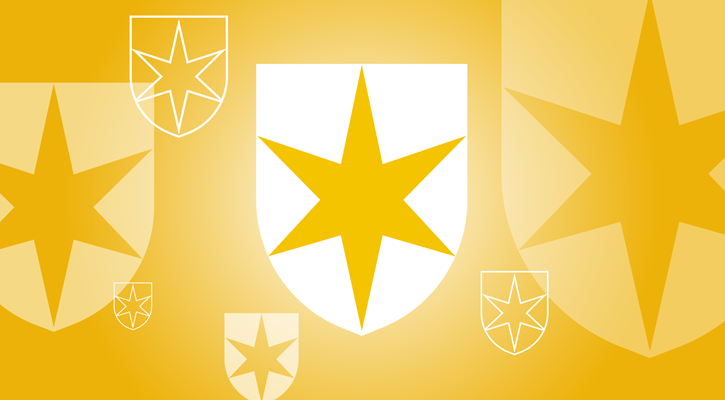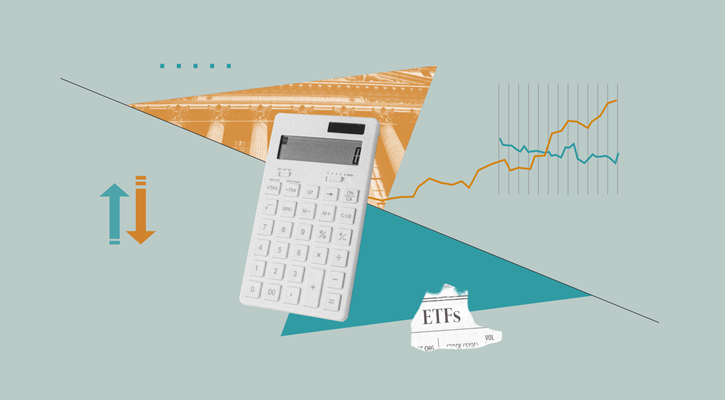What is an ETF?
An Exchange-traded fund (ETF) is an index-tracking fund. ETFs are generally used to track the performance of a specific market index and they change in value throughout the trading day as they mimic the performance of their designated index. Essentially, an ETF is a collection of investments that are bundled together into a single entity and traded just like a stock on an exchange.
For example, if you want to invest in the overall FTSE 100 Index, you can buy an ETF that will mimic the movements of the FTSE 100. When the FTSE 100 goes up, your ETF will increase in value. When the FTSE 100 goes down, your ETF will decrease in value. You can also buy ETFs to track other benchmark indices such as the FTSE 350, the S&P 500 or the NASDAQ 100, or smaller niche indices.
ETFs can also be used to track commodity prices and various other assets. For example, if you want to invest in gold but don’t want to buy a bar of gold, you can buy a Gold ETF that will track the price of the shiny metal. (Technically, this kind of commodity ETF is called an Exchange-Traded Commodity, but that requires a more detailed explanation, which can be found in “A Beginners Guide to Different ETF Categories.”)
ETFs were first launched in North America in the late 1980s and early 1990s and have since exploded in popularity in the investment world. Institutional and individual investors around the world now place billions upon billions of pounds in ETF investments.
ETF are Similar to Stocks
ETFs are similar to stocks because you can easily buy and sell them on an exchange and their prices fluctuate throughout the trading day. You can short them, buy them on margin, or use stop-loss orders to sell them. In brief, anything you can do with a stock, you can do with an ETF. As with stocks, investors also pay commissions to buy and sell ETFs.
What is so Great About ETFs?
- When it comes to fees, ETFs are known to have extremely low annual expenses, even lower on average than traditional tracker funds. ETFs are generally cheaper than OEICs and unit trusts because they do not require an investment manager to be actively involved.
- ETFs offer investors the ultimate diversification tool: you can invest directly in an overall market instead of picking individual stocks.
- ETFs offer investors the ultimate specialisation tool: you can invest in some of the most weird and wonderful market sectors, from an ETF tracking a smartphone index to an ETF tracking a live cattle index.
- You can buy a little or a lot: ETFs have no minimum investment requirements, meaning investors can buy a single ETF or many.
- ETFs allow you to access a vast range of different investments, including bond indices, foreign market indices and commodities.
- ETFs trade like stocks: Unlike OEICs and unit trusts, ETFs can be bought and sold throughout the trading day.
What is Not so Great About ETFs?
- In general, ETFs do not give investors the opportunity to outperform the market. By contrast, other diversified investments such as OEICs and unit trusts are specifically designed to outperform the broader market, though sometimes they outperform while other times they underperform.
- There are many different kinds of ETFs and some may not be suitable for individual investors. For example, ETFs use various methods to mimic their chosen index, and some of these methods may create additional risk for investors. The caveat ‘don’t buy what you don’t understand’ is always worth remembering. (To learn more about the different kinds of ETFs, read “ETFs: Active vs. Passive & Physical vs. Synthetic.”)
- Since ETFs trade like stocks, it can be tempting to trade ETFs frequently, especially when the markets are volatile. However, investors can rack up significant costs by frequently buying and selling ETFs. These costs will eat into any potential investment gains. It is important to take a disciplined approach to your ETF investments.
More ETF Information:
Here are some links to more in-depth information on ETFs and exchange-traded products:
ETFs: Active vs. Passive & Physical vs. Synthetic
Learn about the differences between active and passive ETFs, and physical vs. synthetic ETFs. These different ETF structures determine how an ETF operates and how your ETF holdings can fluctuate in value.
A Beginner’s Guide to Different ETF Categories
In addition to ETFs, there are also ETCs and ETNs for commodities, currencies and notes. ETCs and ETNs offer investors additional diversification tools.
Taxes and ETFs: A Guide for British Investors
Before you invest, read this simple Q&A interview which will tell you everything you need to know about ETFs and taxes in the UK.
Understanding Morningstar’s ETF Ratings
Learn how to use Morningstar's Star Rating system to make better, more informed investment decisions.
Keep up to date with the latest Morningstar ETF Research and search our database for ETFs that suit your portfolio's needs. Don't forget to sign up for our ETF newsletter to receive all of this directo to your inbox.




























